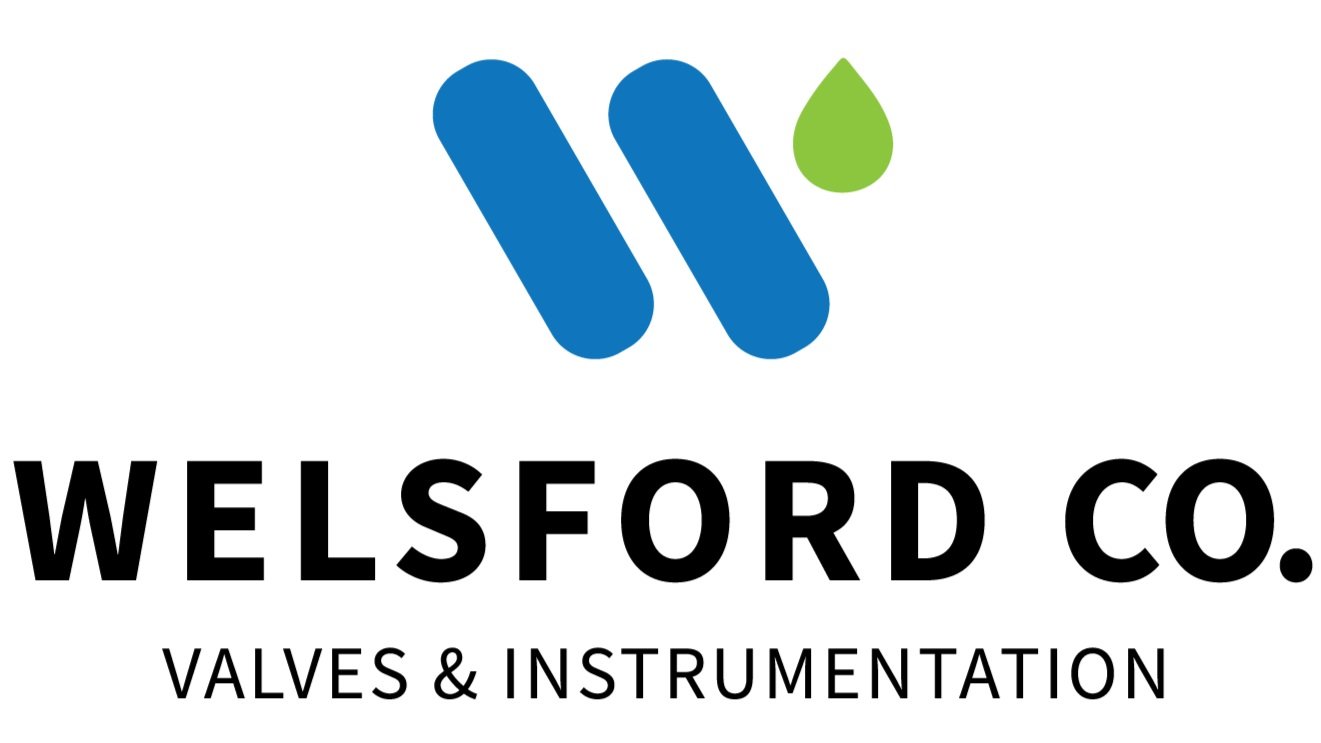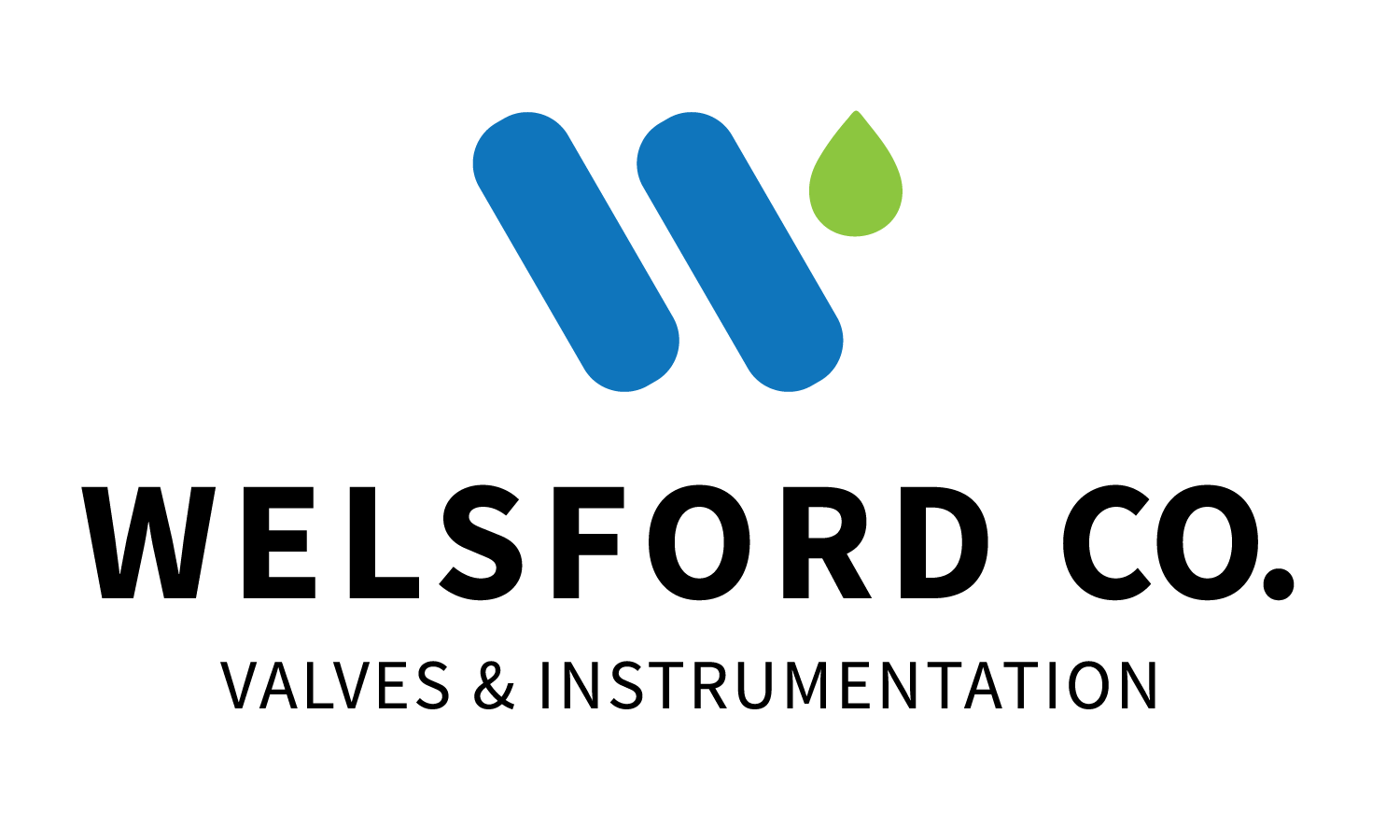Five things to look out for with actuated valves in high-pressure environments
Actuated valves are critical for high-pressure fluid service where precise flow control and process autonomy are necessary. Automating valve operation improves the quality of fluid flow applications since the valves open or close at predetermined intervals, and enable process engineers to remotely control processes.
In industrial environments, engineers handle different high-pressure pipeline applications. These vary from chemical processing, oil and gas to water/wastewater systems.
The high pressure in the piping system has several effects on the hardware and flow control mechanisms within the pipeline. It stresses pipe connections and internal pipe walls, strains pumps and impacts the corrosion of valves if the service media is viscous. Selecting actuated valves for such environments requires careful evaluation of the flow conditions as well as a proper valve sizing.
There are many types and sizes of valves high-pressure fluid applications. Engineers also can choose from diverse valve actuation technologies to facilitate optimum pipeline performances depending on the desired flow control characteristics. An actuator can control process valves through rotary motion (rotary actuator) or linear motion (linear actuator).
Energizing the actuator causes the valve to start/stop the flow of fluids or throttle fluid flow where necessary. Actuators require an external power source to operate. A manually-operated valve contains a lever handle or handwheel that connects to the valve stem or to a gearing system, and delivers sufficient output torque to manipulate the position of the valve mechanism.
Powered valve actuation includes:
Electric actuation
Pneumatic actuation
Hydraulic actuation.
The actuator is responsible for moving the valve to appropriate positions depending on the pressure conditions or control signals of the pipeline, as well as for holding it in place. The actuator provides the right operation speed for valves to maintain the consistency of fluid service in applications. Each of the actuation methods has its pros and cons: for example, a pneumatic actuator can provide dependable and durable valve operation for high cycle speed piping systems.
What should process engineers look out for when designing or selecting actuated valves for different high-pressure applications? Here are five tips to improve the valve selection process.
1. Actuator size and valve force requirements
The maximum pressure of the pipe system and the amount of force required to operate the valve determine the size of the necessary actuator. For a sliding stem valve, the force causes linear motion of closure components, while rotary effort (torque) causes the angular movement of the closing member. The actuator force moves the valve from a closed position to an open position or vice versa, controlling the flow of fluids.
The valve must overcome the frictional forces of the packing and the inertia of the service fluid for its operation. The pressure differential and minimum pressure conditions of the pipe system also contribute to actuator sizing. The selection of a pneumatic actuator intended to operate a particular valve should consider the minimum value of available air pressure supply, to ensure the selected actuator is properly sized to deliver sufficient force even under those conditions.
Identifying the desired pressure drop across the valve proves vital in actuator selection for quarter-turn devices, especially given its significant impact on the torque required for the valve’s operation.
When sizing actuated valves, ensure the actuator is of the correct size. Oversizing an actuator will not guarantee operational safety; instead, it will lead to premature damage of the valve’s stem and increase the cost of operation over time. Undersized actuators have their disadvantages as well, since they will not provide enough actuation force to operate the valve on demand, causing slow or erratic stroking of the valve. If the undersized actuator does not have a robust spring, fluid power, or enough mechanical stiffness it cannot hold the valve in a closed position. It causes the valve closure component to slam against the seat and creates a pressure surge across the pipeline.
2. The desired actuation speed
The speed of valve actuation depends on the design and configuration of the actuator. High-pressure industrial valves can use fast-acting or slow-acting actuators depending on the desired level of fluid flow control. Fast-acting valves feature hydraulic, pneumatic and solenoid actuators. Users should keep in mind electric actuators can also provide quick operation if the design uses suitable gear ratios. However, these tend to be very expensive. Fast-acting valve actuators prove critical in pipelines that require frequent throttling and pipe sections that demand prompt isolation. A slow-acting actuated valve finds applications in processes that require fluid mixing. For example, inducing cold service fluids to a high-pressure system at predetermined intervals.
Valve actuation speed determines the amount of power the actuator requires to operate valves; increasing actuation speed demands an increase in actuation forces.
It is easier to control the actuation speed of pneumatically-actuated, high-pressure valves than their hydraulic counterparts. When sizing hydraulic actuators, consider optimizing the size of actuation fluid supply and exhaust lines in addition to the correct sizing of the directional control valves.
When selecting actuated valves for high-pressure applications, pay attention to the availability of the requisite power sources. If the piping system requires quick valve operation, go with fast-acting, pneumatically-actuated valves. If the conditions of the pipeline demand that valves should open or close at fixed speeds, an ac-powered electric actuator may work.
3. Actuated valves’ duty cycle
How often will the valve components move? Actuated valves can provide reliable isolation, modulation and regulation fluid service. The type of industrial application dictates the duty cycles of these valves. For instance, an actuated valve providing modulation fluid service can experience 600 to 1800 starts per hour, while an isolation valve requires operation a few times a day.
Duty cycle is crucial when selecting valves for diverse high-pressure applications. Valves that operate less often tend to last longer than those that open and close often. The frequency of operation also affects the durability of the actuator. Frequent valve operation also means the wear rates for internal valve components are high.
Establishing accurate duty cycles for actuators enables process engineers to size their actuators and select an actuation mechanism that can satisfy flow conditions at any instance. An electrically-actuated valve may provide reliable service for a piping system that operates a few times a day; As the frequency of operation increases on an electrically-actuated valve, the duty cycle increases, which can in turn burn out an electric actuator with a low duty cycle. With an increased number of cycles, motor coils can start heating up – which increases the probability of failure and reduces the lifespan of the actuator.
Pneumatic actuators remain the most suitable for flow applications that require frequent valve operations since they can handle frequent duty cycles without failure. Modulating service valves require actuators with robust housings (and only mechanical parts, rather than electrical parts which can burn up) to contain the reaction forces due to the movement of fluids past the valve bodies without failing.
4. Piping system safety requirements
There are multiple safety regulations expected of actuated valves in high-pressure flow applications. The actuator could be a source of leakages and fugitive emissions if the connection points are loose or poorly maintained. Valve actuators should contribute to mitigation measures against accidents, should the valve fail by maintaining a process-specific, fail-safe position.
A fail-safe option provides an alternative for opening or closing the valve if the actuator loses power or the control signals. In a fail-safe situation, the valve will either:
Close at no power or control signal
Open at no power or control signal, depending on the original configuration of the valve-actuator assembly.
Pneumatic and hydraulic actuators often utilize a spring-return mechanism as a fail-safe option. Advanced systems contain hydraulic or pneumatic accumulators in the place of a mechanical spring. Although possible, the spring return option is not popular with electrically-actuated valves. Instead, they have a battery backup option where possible.
5. Actuated valves application area
Where is the actuated valve assembly being used? What are the chemical and physical characteristics of the service fluid, and how do they affect internal valve components? It is crucial to understand the temperature range of the high-pressure system to choose the correct material combination and design the power supply lines for the actuator. An electric actuator can only be used if the piping system has access to a stable electric source (ac or dc).
NEMA VII regulations provide guidelines for sizing and selecting components of electrical actuators for valves used in hazardous environments. Pneumatic actuators have a better temperature operating range than electric actuators and are suitable for high-pressure and temperature applications. Of course, pneumatic actuators will only work when quality instrument air is available.
Use hydraulically- or pneumatically-actuated valves for outdoor, high-pressure applications. Also consider how the actuators connect to the valve and other piping components.
Actuated valves provide reliable fluid service for high-pressure fluid applications. When choosing valves for such applications, it is necessary to evaluate the technical specifications of the piping system and conduct extensive research on the applicable valve standards and statutory regulations. Ensure the actuators are the right size and made from appropriate materials to avoid unnecessary safety risks.
The size of an actuator defines power requirements and the cost of valve operation. High-pressure valves require high torque to operate. Pneumatic actuators deliver high torque and are usually more economical than electric actuators.
However, having instrument quality air available for actuation is often the determining factor in whether a plant should use pneumatic or electric actuators. Engage an experienced engineer when designing high-pressure pipelines and purchasing the appropriate valves.
ValveMan is a CFE Media and Technology content partner.
Do you have experience and expertise with the topics mentioned in this content? You should consider contributing to our CFE Media editorial team and getting the recognition you and your company deserve. Click here to start this process.

